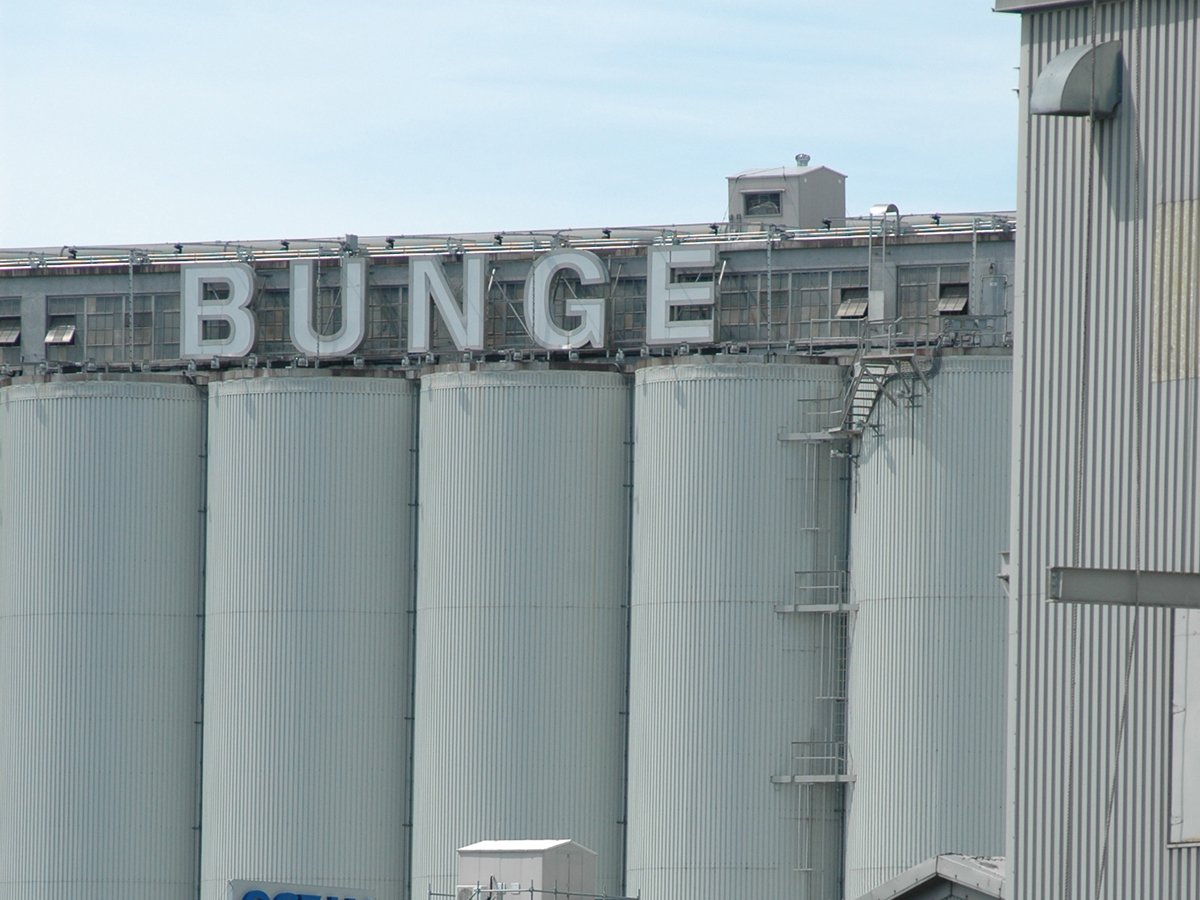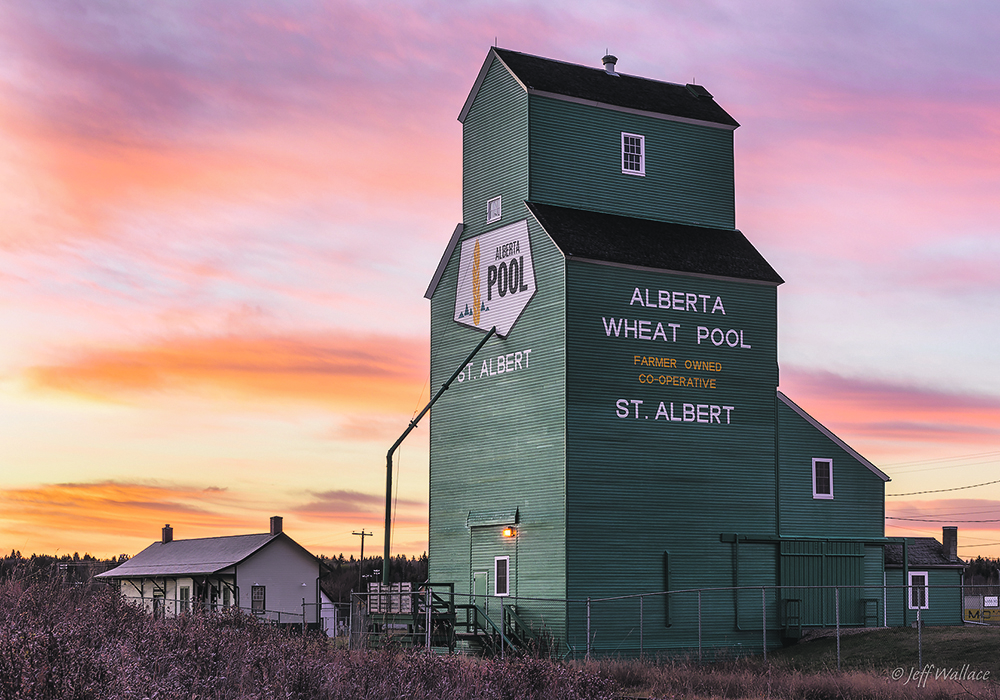It’s been nearly a century since farmers formed the co-operative to reduce their dependence on private companies
This Oct. 29 would have been the 99th year for the Alberta Wheat Pool if it still existed, born out of a need for farmers to gain control over plunging grain prices.
In 1923, farmers were forced to sell their grain at a lower price than their cost of production. The United Farmers of Alberta (UFA), working with attorney general John Edward Brownlee, formed the new organization.
Few people today know that the UFA was once a political party in the province from 1919 to 1935. At first a non-partisan group serving only to lobby for farmers, dissatisfaction with the parties of the day compelled it into the political ring and it won in a 1919 by election in Cochrane constituency.
Read Also

Bunge’s crop mix is changing
Bunge has predominantly been a soybean processing firm, but that’s about to change after the merger with Viterra with softseed processing and grain merchandising gaining ground.
Two years later, Robert Gardiner became UFA’s first member of Parliament in a federal byelection. Bolstered by its success, the UFA party ran in 41 of the province’s 61 ridings in the provincial election and won in 38, much to everyone’s surprise including itself, pushing the Liberals out of a long-held run of power. Its success caught it by surprise. It didn’t have anyone lined up to fill the leader’s position and approached three members until Herbert Greenfield agreed and became UFA’s first premier.
In addition, under the UFA Irene Parlby became the second female cabinet minister in the entire British empire.
The farmers’ party got to work and formed the Alberta Wheat Pool. That first year, 26,000 farmers joined the fledgling group, one of those being my grandfather, Edward Hathaway. Shares cost $1.
Later when legislation governing the Pool was enacted, this money was returned. The organization became a service-based association, a non-share, non-profit co-operative solely for selling wheat at the best advantage for farmers. It was a one-man, one-vote organization with a five-year contract required to deliver 100 percent of the member’s commercial wheat to the Pool. It was the first farmer’s co-operative on the Canadian Prairies.
An agreement with United Grain Growers and Alberta Pacific Elevator got it some start-up access to elevators. Other grain companies glimpsed the possibilities and agreed to accept Pool grain.
The Pool bought members’ grain at an initial price, sold it and returned any profit to members at the end of each year on a pro-rated basis. It made direct sales to flour-milling companies and started exporting.
Using the Winnipeg Grain Exchange singed the pride of the independent-minded Alberta farmers but it placated the banks that backed the new venture. In 1924, Saskatchewan and Manitoba followed suit and formed their own wheat pools.
Having survived its first year, the Alberta Wheat Pool began thinking about building its own elevators. To build a reserve, the company started deducting two cents per bushel. At the time, wheat sold for $1 or more per bushel. By 1928, it had a $200,000 reserve. At first, it tried to buy out UGG but failing that, it began building its own elevators with the first three in Leo, Naco and Esther along the Canadian National Railway line. By the 1960s, it had more than 500 elevators, including 13 in British Columbia. By 1972, it had become the second largest co-operative in Western Canada.
As with all businesses of that time, the Great Depression took its toll on the Pool. An earlier strategy of buying wheat futures had the effect of raising wheat prices, but when it tried it again in 1929 and 1930, it incurred major losses when wheat prices fell to less than 20 cents per bu.
Government loans were needed to save it. It was forced to give up its overseas direct sales. Members reacted in anger. It took 17 years to repay the loans. However, it survived, which is more than can be said for some businesses of the Depression.
By creating the Canadian Grain Board in 1935, which later became the Canadian Wheat Board, the government established a way to set a minimum price for wheat, at that time being 87.5 cents per bu. This paid off well for Canada in 1937 when a poor harvest in the rest of the world raised the price of Canadian wheat to well over a dollar, but it dropped again in 1938 after a bumper crop elsewhere brought Canada’s wheat price down.
The Second World War also caused its own unique situation when Canada donated tons of food to desperate allies. Price controls maintained a low price for wheat at first but it slowly rose to $1.55 by 1945. Post war, the Pool continued to diversify and grow, becoming a dominant farm business on the Prairies.
By the 1990s, a larger organization was needed to compete, and the Manitoba and Alberta wheat pools combined in 1998 to form Agricore Co-operative Ltd. It restructured again when it joined with UGG to become Agricore United, a publicly traded company, on Nov. 1, 2001. In 2007, the Saskatchewan Wheat Pool took it over and renamed it Viterra, serving producers in the four western provinces. This takeover ended the companies’ existence as farmers’ co-operatives.
At one time, grain elevators could be found every eight to 10 miles along the railway lines on the Prairies, allowing easy delivery with horse and wagon in one day.
The railways offered free land rental to private companies and elevators peaked at nearly 6,000 in the 1930s. Improved mechanization allowed hauling larger loads at faster speeds, resulting in the decline of so many “icons of the prairie”. Today, many of the old wooden elevators are in private hands, used by farmers for storing grain, or remodelled into museums, showcasing our agricultural history.
The old wooden elevators might have held 25 to 30 thousand bu. whereas today the concrete and steel constructions have room for one to two million bu., and inland grain terminals handle millions of bushels.















